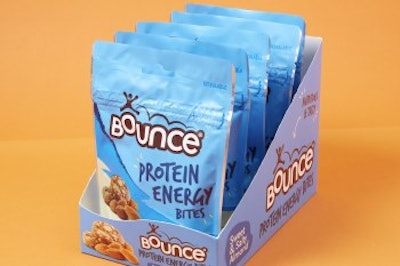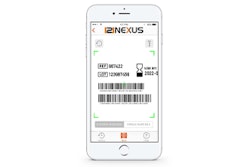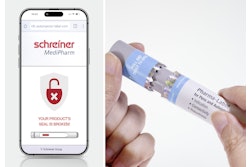
In a survey of more than 650 members of the UK public, 37% identified color as the most appealing feature of packaging, while 25% said imagery most often caught their eye.
The findings come during a time where brands need to consider how their packaging functions in the digital realm as well as on the shelf. In light of what the company calls an “explosion of digital marketing and e-commerce,” contract packers WePack sought to find out how brands can adapt their packaging design to ensure it functions both online and offline. To do this, they set to learn what consumers like about packaging.
The results indicate that the basic foundations of getting color and imagery right still apply when presenting products online, confirming previous HunterLab research linking color to consumer purchasing.
In response to the question, “What catches your attention most when it comes to product packaging?,” color and imagery led the way, followed by 15% said size, 11% said shape, 9% said texture, and 3% selected “another” aspect.
Gender differences
The research also found that although texture was not a key concern, men are far more attracted to the feel of packaging than women. Out of the 59 respondents who cited texture as the most important factor, 70% were men. In fact, one in eight men replied that texture caught their attention the most. That compares to the only two of 327 women who selected this option. The implication: when marketing to men online, brands need to find a way to communicate texture via the screen.
Gender differences were also found in those who selected color, with just 31% of men choosing this option compared with 43% of women.
Overall, the results indicate that brands do not need to rethink packaging design in its entirety to help promote themselves on the internet. But changes can be made to take better advantage of the digital world.
Mick Clarke, We Pack’s Sales Director, says: “Adapting to the digital age does not require brands to radically overhaul their understanding of the fundamentals of packaging design. Color and imagery have always been and still are incredibly important.
“But this doesn’t mean tweaks cannot be made to take better advantage of digital platforms. Color and imagery work differently on the screen – and now any pictures or videos of your products are in competition with all sorts of other content on platforms like Instagram, Facebook and Twitter. Making smart decisions and keeping things bright, bold and simple will help your brand stand out in a wash of other online content.”






















